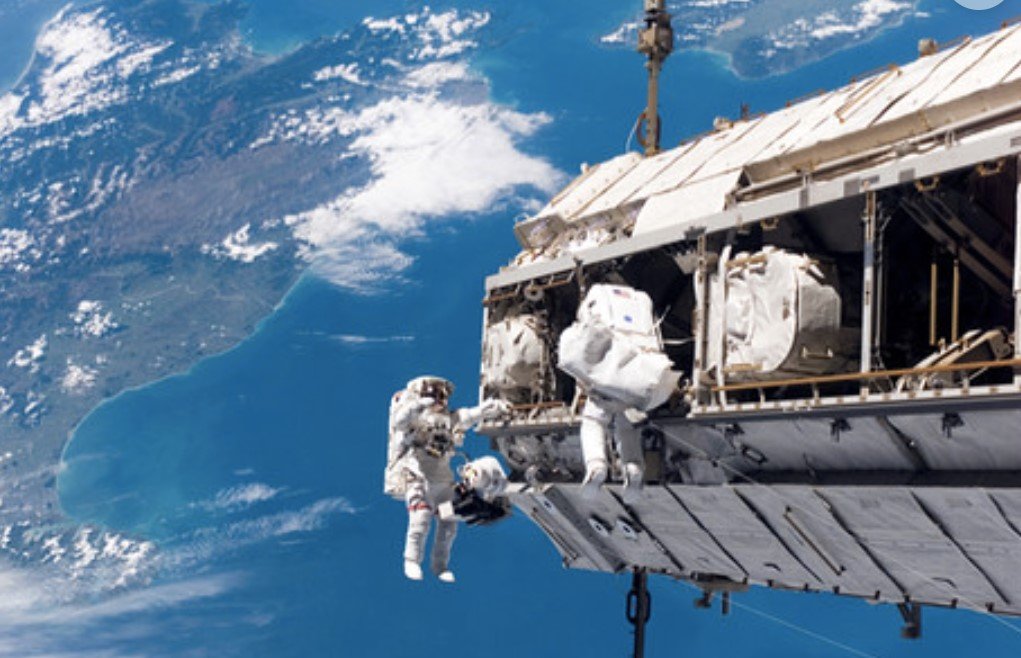NASA has achieved a remarkable feat by successfully transmitting an ultra-high definition video of a cat from deep space to Earth. The video, which features a playful feline named Taters, was sent from a spacecraft orbiting the Moon using a laser communication system. This is the first time that such a high-quality video has been streamed from deep space, demonstrating the potential of optical communications for future missions.
The cat video was part of an experiment conducted by NASA’s Deep Space Optical Communications (DSOC) project, which aims to develop and test a laser-based communication system that can provide higher data rates and more reliable connections than radio waves. The DSOC system consists of a laser transmitter on board the Psyche spacecraft, which is currently orbiting the Moon, and a ground station at the Table Mountain Observatory in California.
The DSOC transmitter uses a modulated infrared laser beam to encode data and send it to the ground station, which has a large telescope and a sensitive detector to receive the signal. The laser beam is very narrow and precise, requiring accurate pointing and tracking of the spacecraft and the ground station. The DSOC system can adjust the power and the modulation rate of the laser beam depending on the distance and the atmospheric conditions.
The cat video was chosen as a test payload because it has a high resolution and a high frame rate, which require a large amount of data to be transmitted. The video, which is 15 seconds long and has a resolution of 3840 x 2160 pixels and a frame rate of 60 frames per second, was compressed to a size of about 85 megabytes. The DSOC system was able to send the video from the spacecraft to the ground station in about 3.5 minutes, achieving a data rate of about 330 megabits per second. The video was then decoded and displayed on a screen at the ground station, showing the cat’s antics in stunning clarity.

Why NASA Streamed a Cat Video from Deep Space
The cat video experiment was not just a whimsical demonstration of the DSOC system’s capabilities, but also a valuable test of its performance and reliability. The experiment showed that the DSOC system can handle the high-data-rate communications required for ambitious missions such as sending humans to Mars or exploring the outer solar system. The experiment also verified the DSOC system’s ability to cope with the challenges of deep space communication, such as the long distances, the varying alignment, and the atmospheric turbulence.
The DSOC project manager, Abhijit Biswas, said that the cat video experiment was a “meow-some” milestone for the project and for NASA. He said that the experiment proved that the DSOC system can deliver high-quality video and images from deep space, which can enhance the scientific value and the public engagement of future missions. He also said that the experiment was a tribute to the internet’s love for cat videos, which he called “a universal source of joy and wonder”.
What NASA Plans to Do Next with the DSOC System
The DSOC project, which is funded by NASA’s Space Technology Mission Directorate, is not over yet. The project team plans to conduct more experiments with the DSOC system in the coming months, using different types of data and different scenarios. The team also plans to share the data and the lessons learned from the project with other NASA missions and partners that are interested in using optical communications for deep space exploration.
One of the potential users of the DSOC system is the Psyche mission, which is the host spacecraft for the DSOC transmitter. The Psyche mission, which is led by Arizona State University and managed by NASA’s Jet Propulsion Laboratory, aims to explore a unique metal-rich asteroid called Psyche, which is located in the main asteroid belt between Mars and Jupiter. The Psyche mission is scheduled to launch in 2024 and arrive at the asteroid in 2026. The mission will use the DSOC system to send back high-resolution images and data from the asteroid, which could reveal new insights into the origin and evolution of planetary cores.
Another potential user of the DSOC system is the Lunar Gateway, which is a planned outpost that will orbit the Moon and support human and robotic exploration of the lunar surface and beyond. The Lunar Gateway, which is a collaboration between NASA and several international partners, will use optical communications to enable high-speed and high-volume data transfers between the Gateway, the Earth, and the lunar missions. The Lunar Gateway is expected to be operational in the late 2020s.
The DSOC project is paving the way for a new era of deep space communication, where optical communications will complement and augment radio communications, providing more bandwidth, more efficiency, and more flexibility for future missions. The cat video experiment was a glimpse of what optical communications can offer for deep space exploration, and a testament to the power of innovation and collaboration at NASA.
